Cellular structure of the body. Complete Lessons - Knowledge Hypermarket
Cell structure
The human body, like any other living organism, is made up of cells. They play one of the main roles in our body. With the help of cells, growth, development and reproduction occur.
Now let's recall the definition of what is usually called a cell in biology.
A cell is such an elementary unit that is involved in the structure and functioning of all living organisms, with the exception of viruses. It has its own metabolism and is able not only to exist independently, but also to develop and reproduce itself. In short, we can conclude that the cell is the most important and necessary building material for any organism.
Of course, with the naked eye, you are unlikely to be able to see the cage. But with the help of modern technologies, a person has a great opportunity not only to examine the cell itself under a light or electron microscope, but also to study its structure, isolate and cultivate its individual tissues, and even decode the genetic cellular information.
And now, with the help of this figure, let's visually consider the structure of the cell:
Cell structure
But interestingly, it turns out that not all cells have the same structure. There is some difference between the cells of a living organism and the cells of plants. Indeed, in plant cells there are plastids, a membrane and vacuoles with cell sap. In the image you can see the cellular structure of animals and plants and see the difference between them:
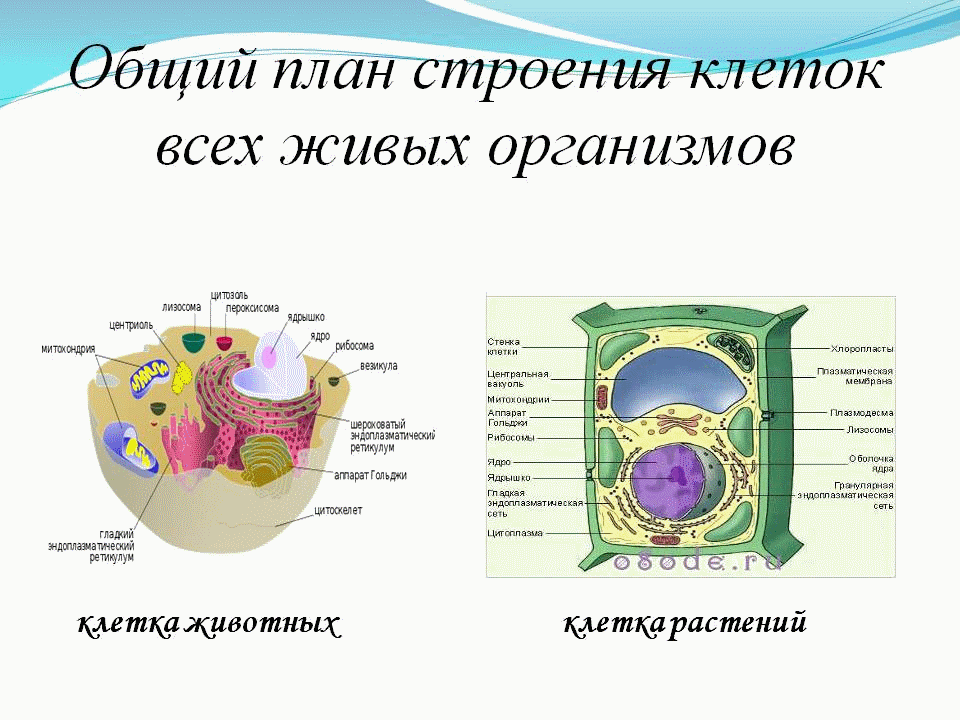
For more information about the structure of plant and animal cells, you will learn by watching the video
As you can see, cells, although they have microscopic dimensions, but their structure is quite complex. Therefore, we will now move on to a more detailed study of the structure of the cell.
Plasma membrane of a cell
To give shape and to separate the cell from its kind, a membrane is located around the human cell.
Since the membrane has the ability to partially pass substances through itself, due to this, the necessary substances enter the cell, and waste products are removed from it.
Conventionally, we can say that the cell membrane is an ultramicroscopic film, which consists of two monomolecular layers of protein and a bimolecular layer of lipids, which is located between these layers.
From this we can conclude that the cell membrane plays an important role in its structure, as it performs a number of specific functions. It plays a protective, barrier and connecting function between other cells and for communication with the environment.
And now let's look at a more detailed structure of the membrane in the figure:
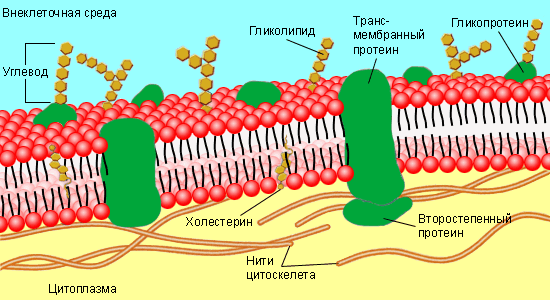
Cytoplasm
The next component of the internal environment of the cell is the cytoplasm. It is a semi-liquid substance in which other substances move and dissolve. The cytoplasm consists of proteins and water.
Inside the cell, there is a constant movement of the cytoplasm, which is called cyclosis. Cyclosis is circular or reticulate.
In addition, the cytoplasm connects different parts of the cell. In this environment, the organelles of the cell are located.
Organelles are permanent cellular structures with specific functions.
Such organelles include such structures as the cytoplasmic matrix, endoplasmic reticulum, ribosomes, mitochondria, etc.
Now we will try to take a closer look at these organelles and find out what functions they perform.

Cytoplasm
cytoplasmic matrix
One of the main parts of the cell is the cytoplasmic matrix. Thanks to it, biosynthesis processes take place in the cell, and its components contain enzymes that produce energy.

cytoplasmic matrix
Endoplasmic reticulum
Inside, the cytoplasmic zone consists of small channels and various cavities. These channels, connecting with each other, form the endoplasmic reticulum. Such a network is heterogeneous in its structure and can be granular or smooth. 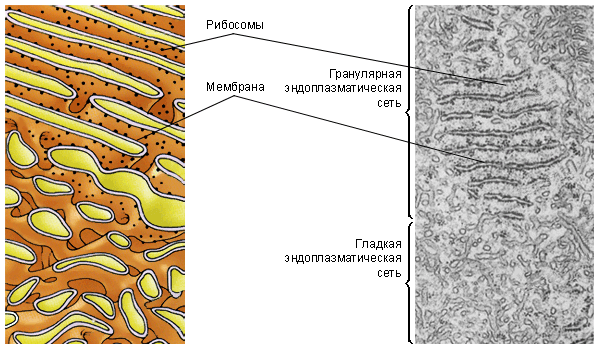
Endoplasmic reticulum
cell nucleus
The most important part, which is present in almost all cells, is the cell nucleus. Cells that have a nucleus are called eukaryotes. Each cell nucleus contains DNA. It is the substance of heredity and all the properties of the cell are encrypted in it.

cell nucleus
Chromosomes
If we look at the structure of a chromosome under a microscope, we can see that it consists of two chromatids. As a rule, after nuclear division, the chromosome becomes single chromatid. But by the beginning of the next division, another chromatid appears on the chromosome.
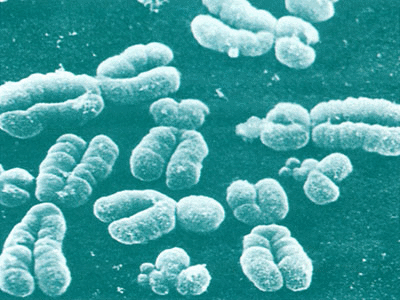
Chromosomes
Cell Center
When considering the cell center, one can see that it consists of a maternal and daughter centrioles. Each such centriole is a cylindrical object, the walls are formed by nine triplets of tubules, and in the middle there is a homogeneous substance.
With the help of such a cell center, the division of animal and lower plant cells occurs.
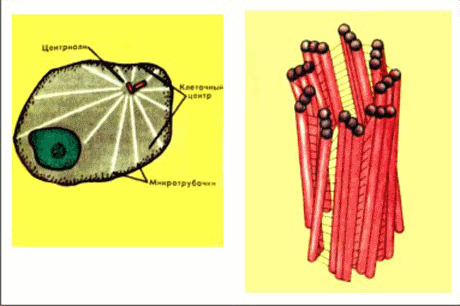
Cell Center
Ribosomes
Ribosomes are universal organelles in both animal and plant cells. Their main function is protein synthesis in the functional center.
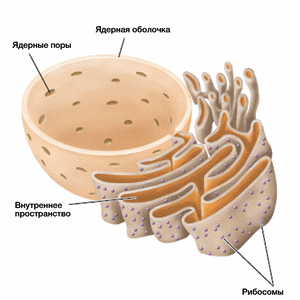
Ribosomes
Mitochondria
Mitochondria are also microscopic organelles, but unlike ribosomes, they have a two-membrane structure, in which the outer membrane is smooth, and the inner one has variously shaped outgrowths called cristae. Mitochondria play the role of a respiratory and energy center
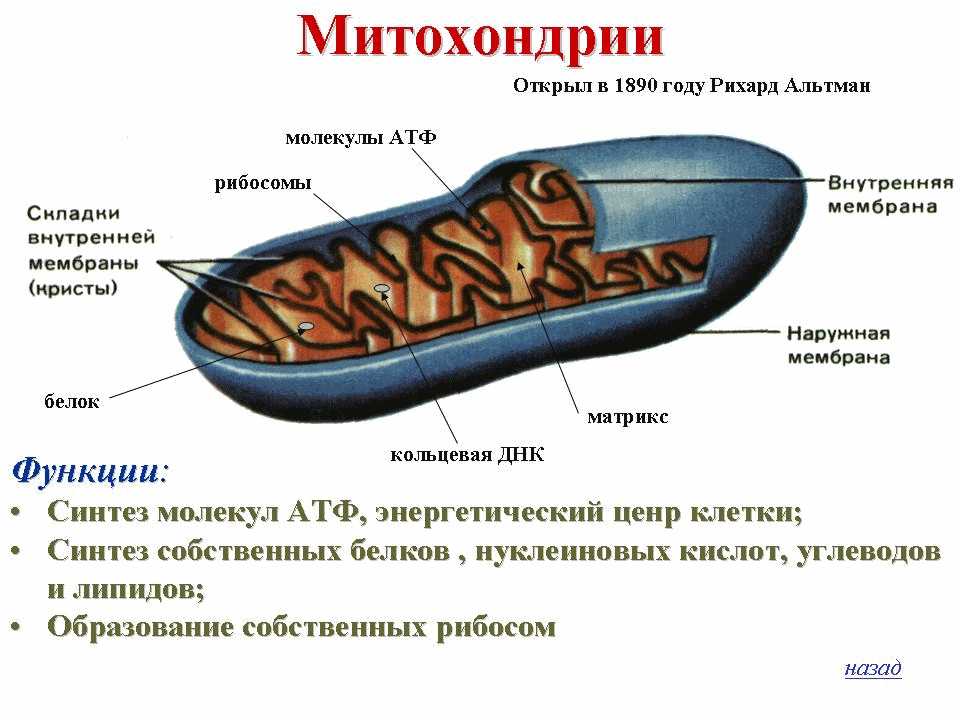
Mitochondria
golgi apparatus
But with the help of the Golgi apparatus, the accumulation and transportation of substances occurs. Also, thanks to this apparatus, the formation of lysosomes and the synthesis of lipids and carbohydrates occur.
In structure, the Golgi apparatus resembles individual bodies, which are crescent-shaped or rod-shaped.
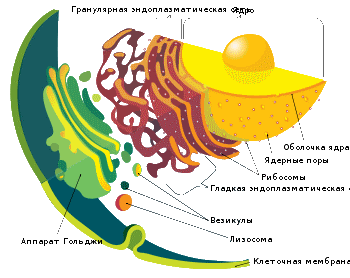
golgi apparatus
plastids
But plastids for a plant cell play the role of an energy station. They tend to change from one species to another. Plastids are divided into such varieties as chloroplasts, chromoplasts, leukoplasts.

plastids
Lysosomes
The digestive vacuole, which is capable of dissolving enzymes, is called a lysosome. They are microscopic single-membrane organelles with a rounded shape. Their number directly depends on how viable the cell is and what its physical condition is.
In the event that the destruction of the lysosome membrane occurs, then in this case the cell is able to digest itself.
![]()
Lysosomes
Ways to feed the cell
Now let's look at how cells are fed:
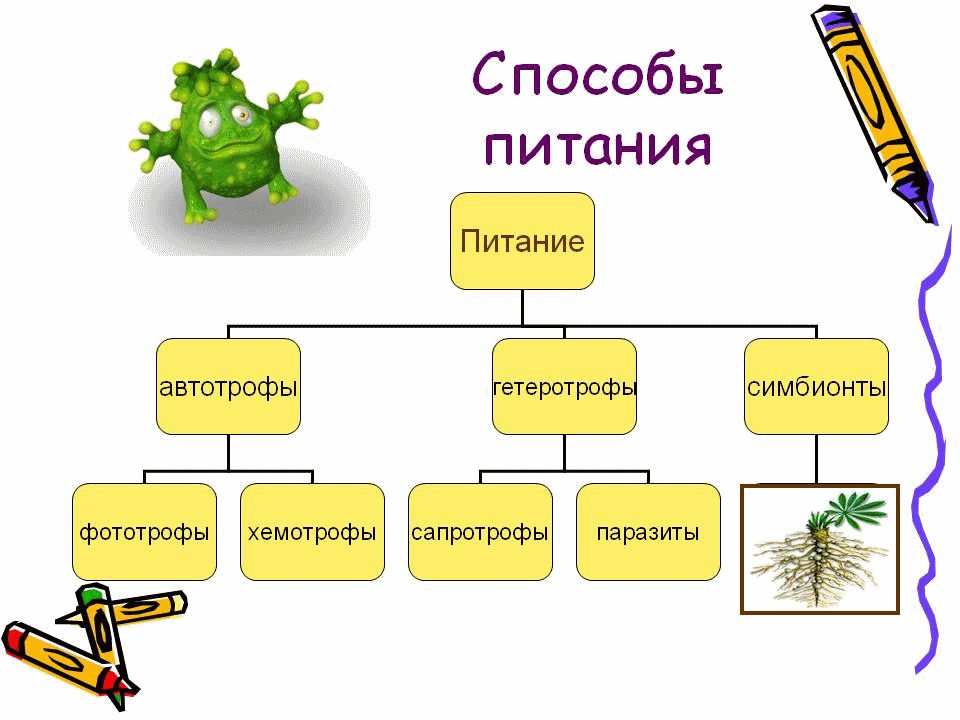
How the cell is fed
It should be noted here that proteins and polysaccharides tend to penetrate the cell by phagocytosis, but liquid drops - by pinocytosis.
The method of nutrition of animal cells, in which nutrients enter it, is called phagocytosis. And such a universal way of feeding any cells, in which nutrients enter the cell already in a dissolved form, is called pinocytosis.
